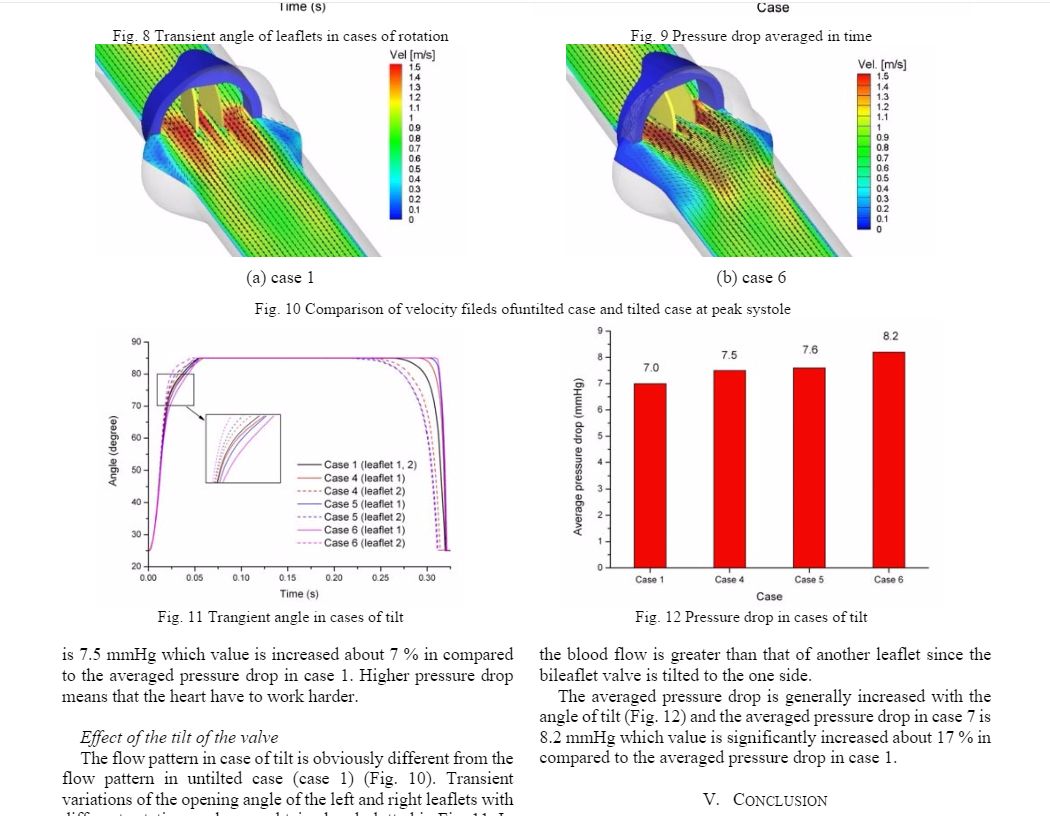vivekd
Well-known member
I went for Aortic Valve Replacement surgery in June 2016 to get On-X aortic valve. I've been on warfarin maintaining INR range of 2-3. My Last MRI-Brain showed that I've had a mini stroke.
MRI-Brain result "Small, 4 mm focus of subacute infarction involving the cortical/subcortical inferior left parietal lobe."
I would not have known about the stroke, if MRI was not performed, and fortunately there was no damage.
My INR has been in the range 2-3 most of the time except my INR went to 1.5, 3 weeks before MRI because of medicine mix up between warfarin and crestor. I was taking 10 mg of warfarin + 5 mg of crestor instead of 15 mg of warfarin.
On-X valve has FDA approval for INR range of 1.5-2.0
My cardiologist thinks that 7-10 days of sub-therapeutic INR should not cause blood clot. Now I'm scheduled to get a TEE to see if blood clot still exists and my INR range has been changed from 2-3 to 2.5-3.5 with baby aspirin.
My cardiologist may end up changing warfarin to other blood thinners if they see blood clot during my TEE, even though other blood thinners have not been approved for mechanical valve assuming that I've warfarin resistance.
Questions for the fellow members:
1) Could one have blood clot with INR sub therapeutic range for 7-10 days?
2) Should I've gone for bridging (lovenox or heprin) when my INR results showed 1.5
3) Do patients with low resting heart rate have high risk for blood clot during subtherapeutic INR range. My resting heart rate is around 45.
4) What should i do, if my INR ever goes low (i usually drink beer for next day or two to increase my INR, till increased warfarin dosage becomes effective in 48-72 hours)
Thanks,
--- Vivek
MRI-Brain result "Small, 4 mm focus of subacute infarction involving the cortical/subcortical inferior left parietal lobe."
I would not have known about the stroke, if MRI was not performed, and fortunately there was no damage.
My INR has been in the range 2-3 most of the time except my INR went to 1.5, 3 weeks before MRI because of medicine mix up between warfarin and crestor. I was taking 10 mg of warfarin + 5 mg of crestor instead of 15 mg of warfarin.
On-X valve has FDA approval for INR range of 1.5-2.0
My cardiologist thinks that 7-10 days of sub-therapeutic INR should not cause blood clot. Now I'm scheduled to get a TEE to see if blood clot still exists and my INR range has been changed from 2-3 to 2.5-3.5 with baby aspirin.
My cardiologist may end up changing warfarin to other blood thinners if they see blood clot during my TEE, even though other blood thinners have not been approved for mechanical valve assuming that I've warfarin resistance.
Questions for the fellow members:
1) Could one have blood clot with INR sub therapeutic range for 7-10 days?
2) Should I've gone for bridging (lovenox or heprin) when my INR results showed 1.5
3) Do patients with low resting heart rate have high risk for blood clot during subtherapeutic INR range. My resting heart rate is around 45.
4) What should i do, if my INR ever goes low (i usually drink beer for next day or two to increase my INR, till increased warfarin dosage becomes effective in 48-72 hours)
Thanks,
--- Vivek




